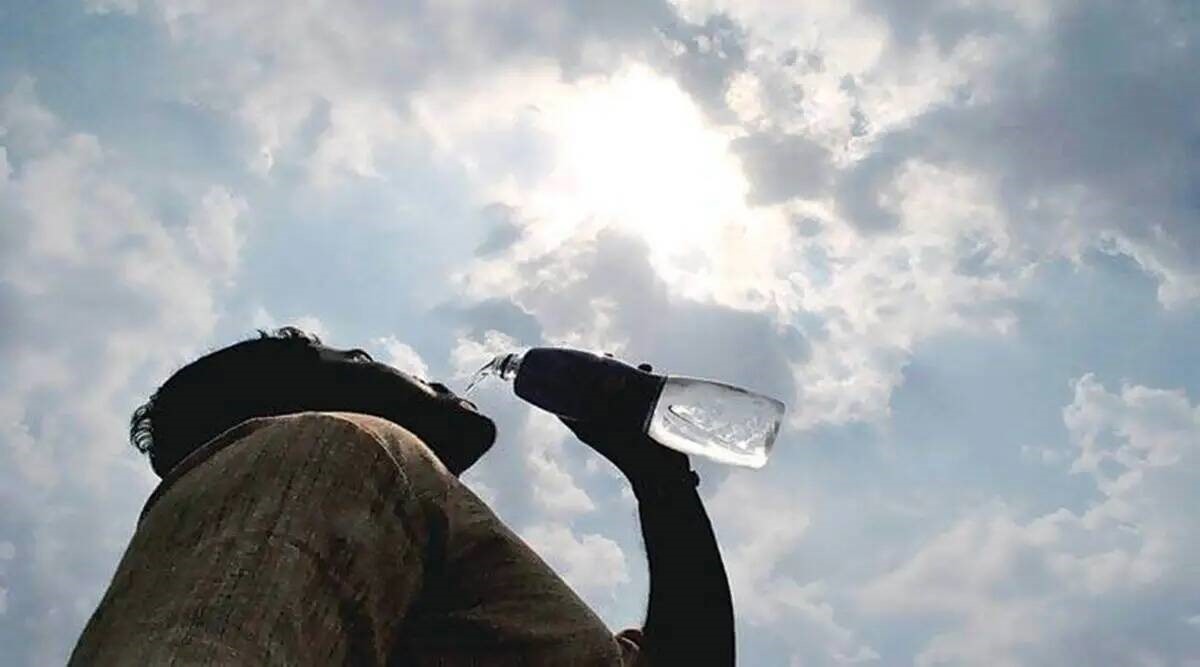




Disclaimer: Copyright infringement not intended.
A rare Binturong that is Arctictis binturong was captured on a camera trap in Narang Wari Village Reserve Forest (VRF).
The VRF is situated in the buffer zone of Balpakram National Park which is a part of Meghalaya's Garo Hills Elephant Landscape.
|
Feature |
Details |
|
Scientific Name |
Arctictis binturong |
|
Family |
Viverridae (Civet family) |
|
Common Name |
Bearcat |
|
Conservation Status |
IUCN: Vulnerable WPA 1972: Schedule I CITES: Appendix III |
|
Physical Features |
Long shaggy black hair, prehensile tail, bushy tail, scent glands under tail |
|
Size |
Head-body: 60–95 cm; Tail: 55–90 cm; Weight: 9–14 kg |
|
Activity |
Arboreal, nocturnal and crepuscular |
|
Habitat Range |
Dense forests of South and Southeast Asia – from Nepal and India to Java and Borneo |
|
Ecological Role |
Important seed disperser, especially of figs → vital for forest regeneration |
Launched by WTI with support from WLT, HCL Foundation, Dr. Reddy’s Laboratories and GHADC.
Goal: Establish an unbroken wilderness corridor connecting West Garo Hills, Nokrek National Park, and Balpakram National Park.
|
Component |
Details |
|
Geographical Spread |
3500 km2 |
|
Major Protected Areas |
Balpakram NP, Nokrek NP, Siju WLS |
|
Special Designations |
Nokrek Biosphere Reserve, 5 elephant corridors |
|
Elephant Population |
800 to 1000 |
|
Forest Ownership |
7 to 8% with State Forest Dept.; majority under GHADC & communities |
|
Feature |
Description |
|
Location |
South Garo Hills district |
|
Established |
1987 |
|
Area |
200 km2 |
|
Nickname |
Land of Perpetual Winds |
|
Altitude |
3000 ft above sea level |
|
Flora |
Pitcher Plant, Orchids, Drosera |
|
Fauna |
Elephants, Tigers, Hillock Gibbons, Great Indian Hornbill, Wild buffalo, Leopards |
Sources:
|
PRACTICE QUESTION Q. Consider the following statements about the Binturong and its conservation in India.
Which of the statements given above is/are correct? (a) 2 and 4 only Answer: (a) Explanation: Statement 1 is incorrect. The Binturong is not strictly herbivorous; it is omnivorous feeding on fruits especially figs, leaves, birds, fish and carrion. Also it is not limited to the Western Ghats; it is found in northeast India and Southeast Asia. Statement 2 is correct. Binturong is protected under Schedule I of the Wildlife Protection Act 1972 indicating the highest level of protection. Statement 3 is incorrect. Village Reserve Forests in the Garo Hills are designated by the Garo Hills Autonomous District Council. GHADC manages community owned forests under the Sixth Schedule provisions. Statement 4 is correct. The Garo Green Spine project is a conservation initiative that aims to connect fragmented forest patches to form an unbroken wilderness corridor between Nokrek National Park and Balpakram National Park. |











© 2025 iasgyan. All right reserved